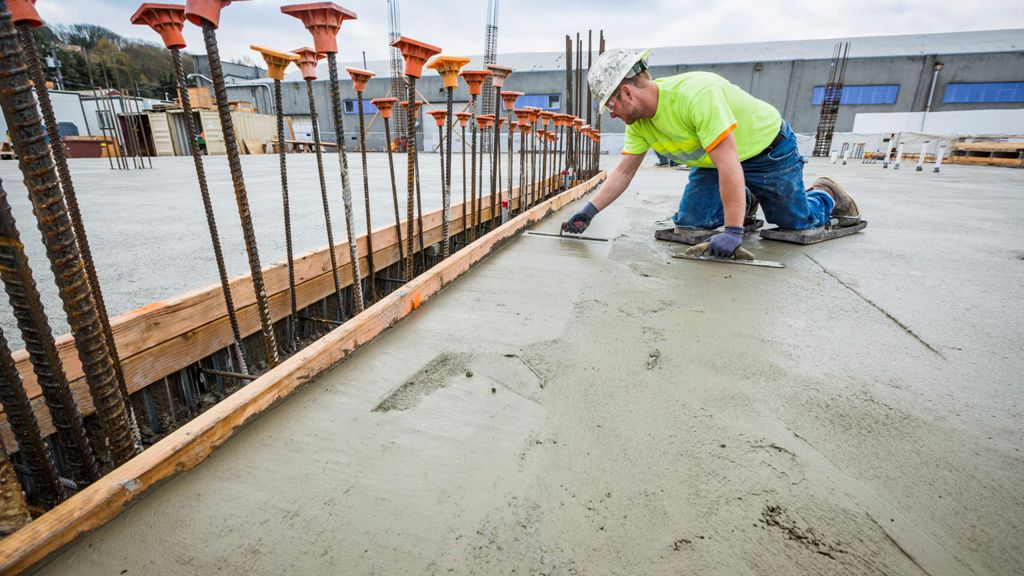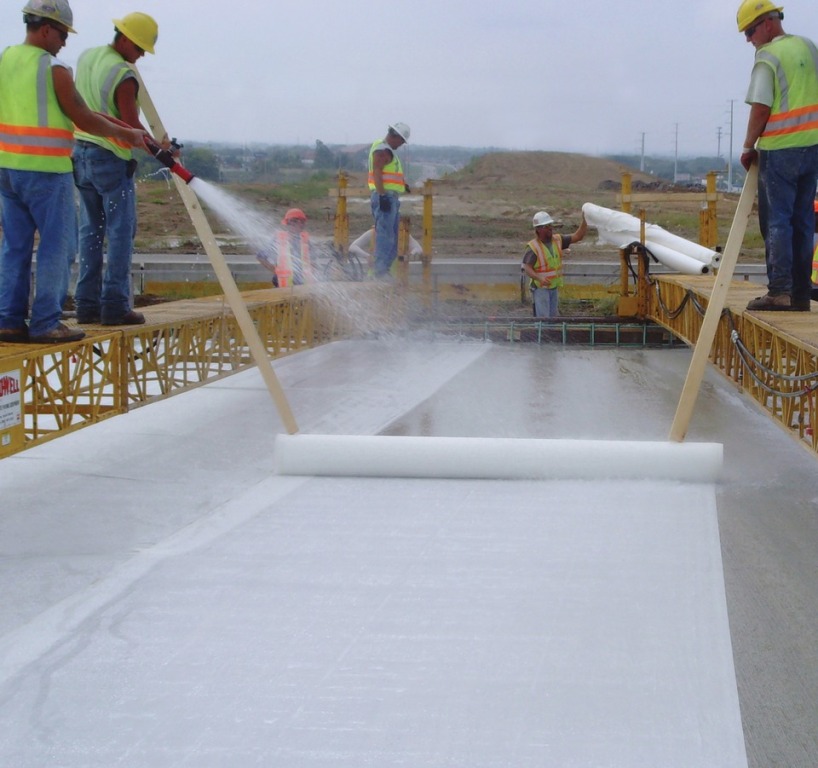Over ages various materials have been used for construction. Today across the globe, concrete is the most commonly used construction material. This is primarily due to numerous advantages that concrete possess over other building materials. Full throttle construction Tweed Heads are experts in concrete based constructions with professional trained team. Following are some prominent advantages of concrete.
1. Economical
As compared to other construction materials, cement concrete has a very low production cost in addition to this it is inexpensive and abundantly available throughout the world. In contrast to materials like steel and polymer, cement is very economical. Major constituents of concrete are cement, water and aggregates. All of these are readily available in local markets at low cost with easy access.

2. Reasonable operating temperatures
To set, harden and gain strength, concrete does not require any special temperatures in fact it can achieve its required condition at regular room temperatures. By regular temperature means a temperature of near 30 degrees Celsius. This is essentially because of chemical properties of its constituents; low-temperature bonded inorganic material. Thus, concrete conditions can be carried out regardless of the ambient conditions. In case of extremely adverse conditions, concrete can be optimized by admixtures.
3. Moldability
As semi liquid, concrete does not have a fixed shape. Hence, it can be poured into any mold and upon solidifying it can take the shape of that mold. This is something extremely difficult to achieve while using other building materials especially steel, which needs to be first metaled to regain its ductility. Concrete can be cast into complex shapes and configurations by adjusting the mix.
4. Excellent Water Resistance Characteristics
Concrete has excellent water resistance, although the addition of chemicals in water can eventually lead to corrosion. Even in that case, only specific chemicals like chlorides, sulfates and carbon dioxide can damage concrete. But as compared to materials like wood and steel, concrete has far better prospects of surviving moisture. For this reason, concrete is used in underwater and submerged constructions like canal lining, dams, pipelines et cetera.

6. Used as refractive material
Refractive materials are those which can withstand large temperatures, and concrete is a prominent example of those materials. Temperature that concrete can bear far higher than those by wood and steel.
Major constituent and binder of concrete, Calcium silicate hydrate, can withstand temperature higher than 900 degrees Celsius. In return this means that concrete has the ability to absorb heat, which from a construction point of view can be a good as well as a bad thing. In terms of keeping the interior of a house cool on a hot, concrete would be a disappointment. But in case of a fire outbreak, concrete can hold the structure for a good 6 hours.
7. Minimal maintenance
To protect the structure from the phenomenon of weathering, coating and painting is regularly carried out. This accounts for the maintenance cost of the structure. Concrete structures do not require coating or painting for regular applications as protection for weathering compared to steel or wooden structures where it is inevitable. Hence, marginal cost is used in maintaining concrete structures.








